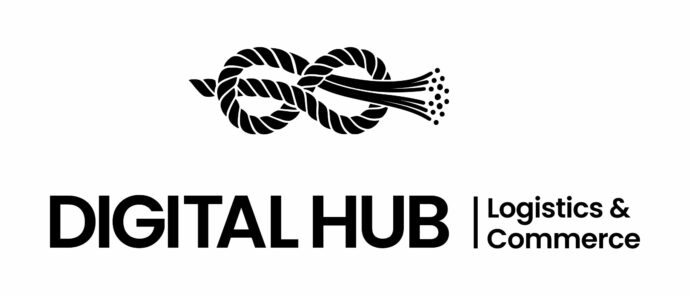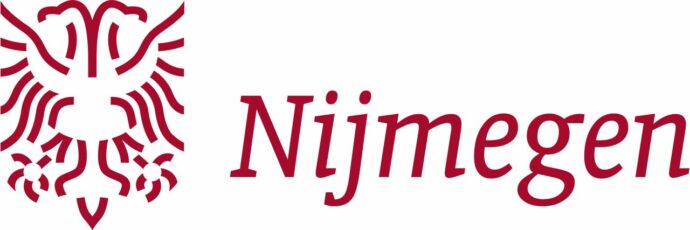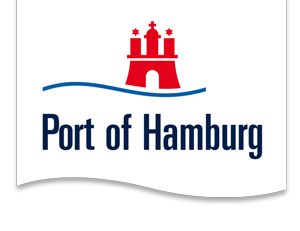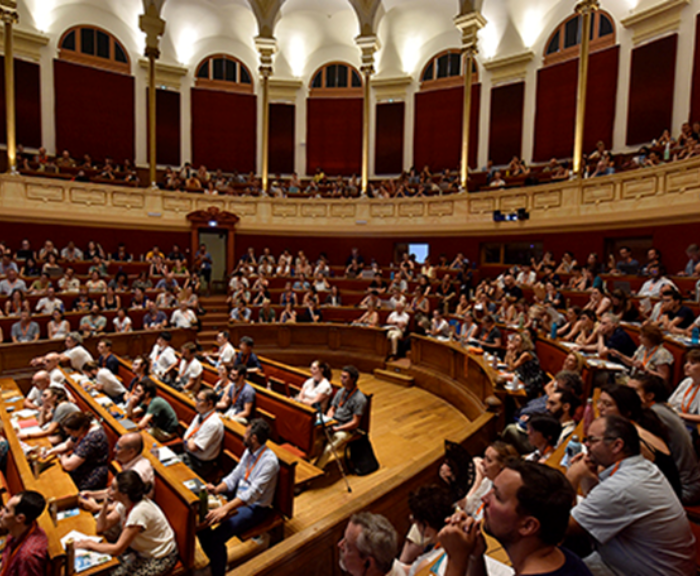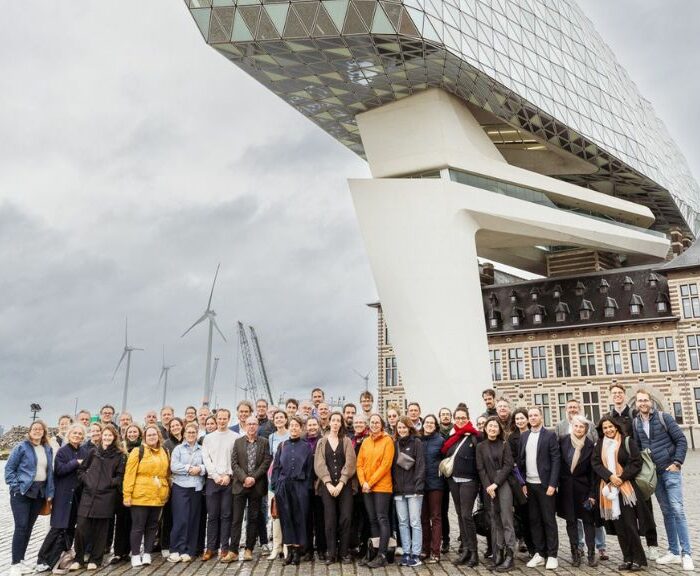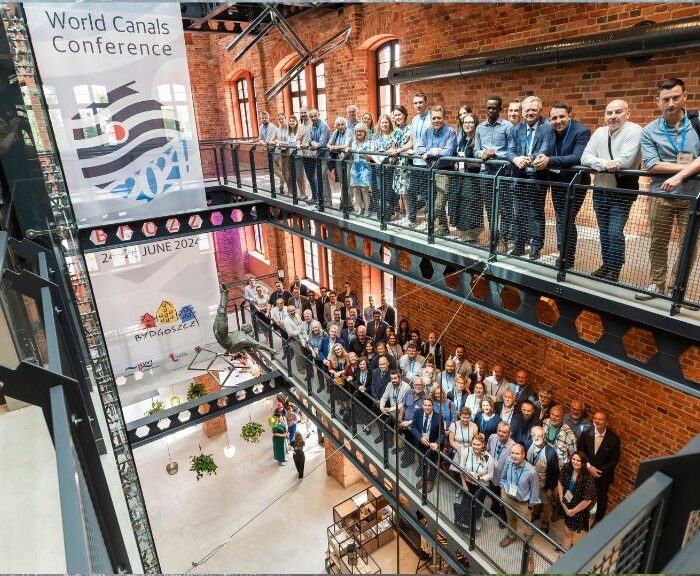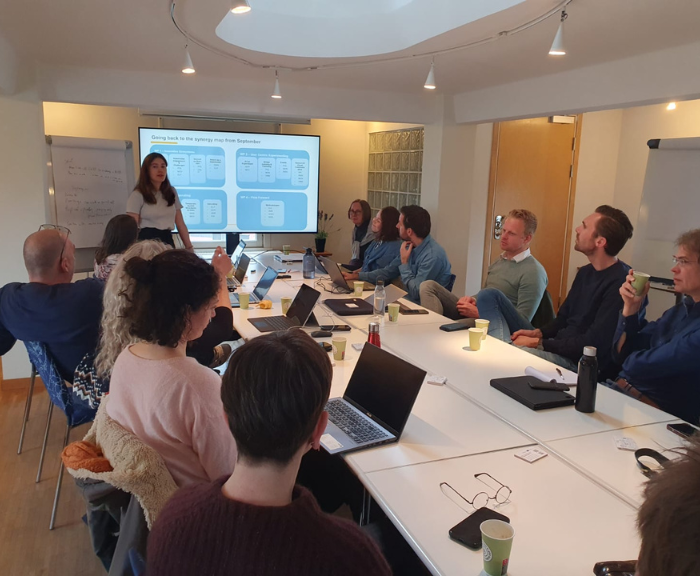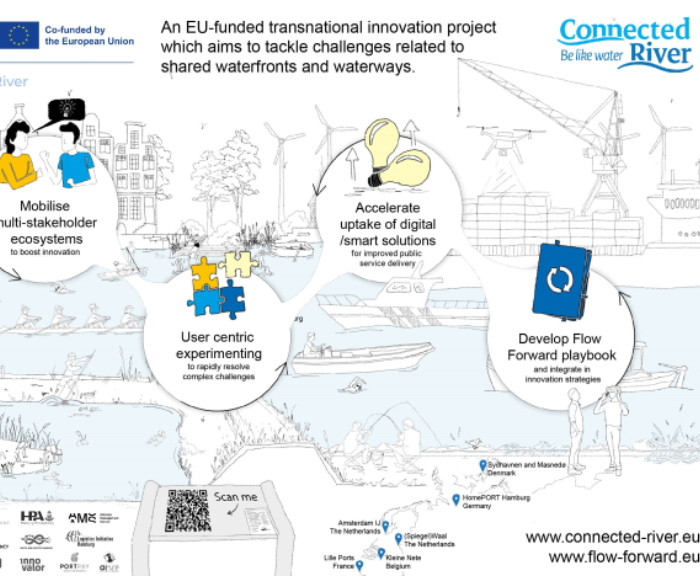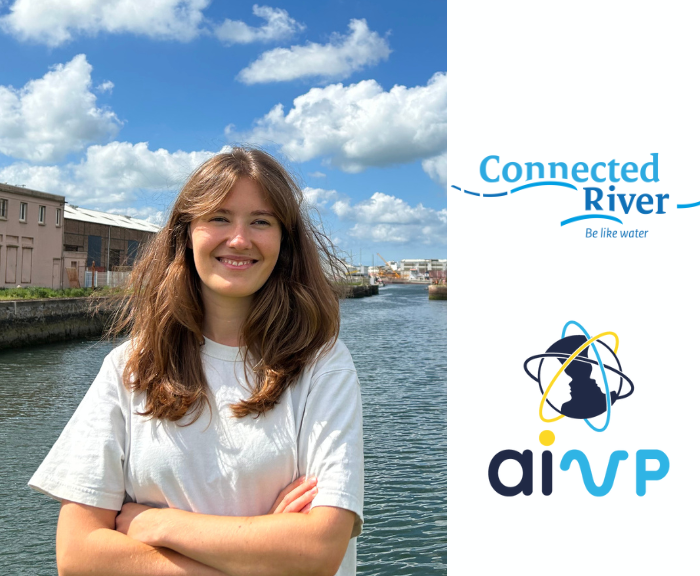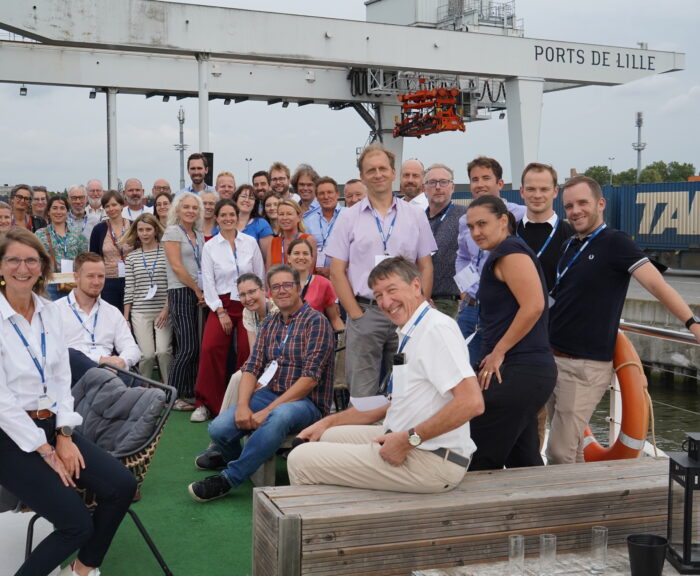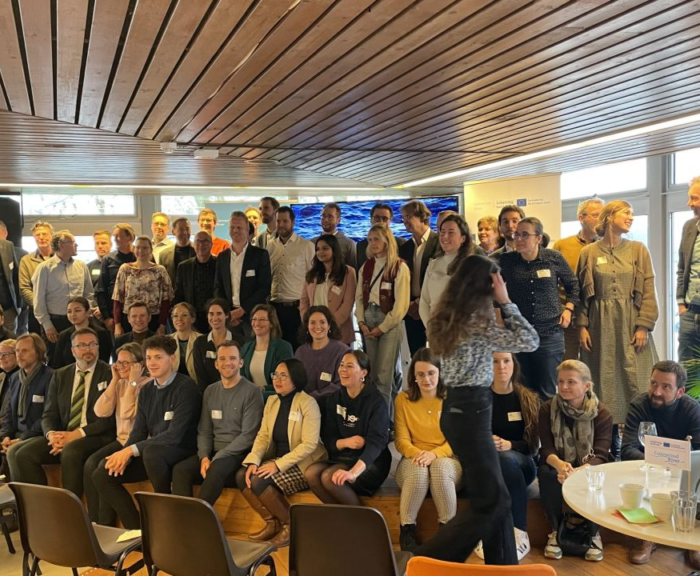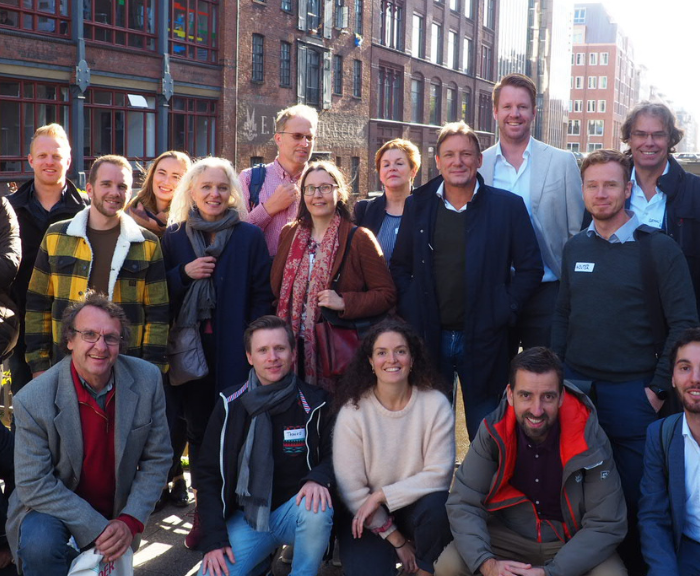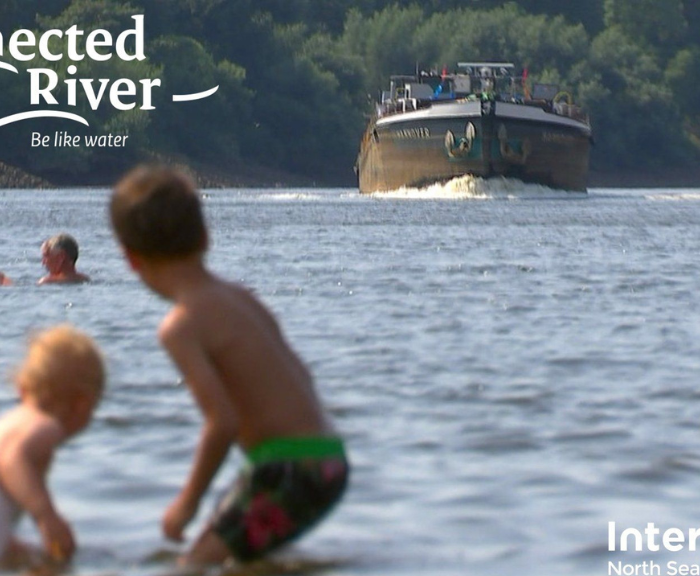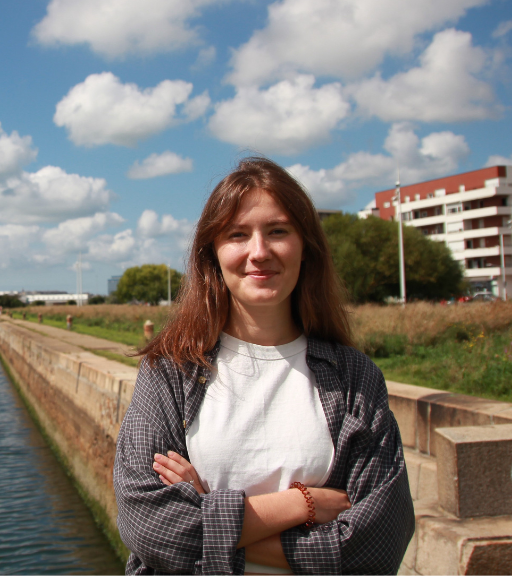
The European Connected River project aims to improve the coexistence of commercial, ecological and recreational uses of waterways in North-Western Europe. The main focus of the project is the development and management of waterfronts along rivers and streams.

Start of project: January 2023
Scheduled completion: December 2026
Co-financed by Interreg North Sea, a European Union program
A European project for sustainable waterfronts
Focusing on strategic rivers, the project concentrates on the development and animation of waterfronts along rivers – waterfront spaces that play a key role in the local economy, ecology and urban quality of life.
AIVP’s role
As a partner in the Connected River project, AIVP is bringing its expertise across several dimensions that are essential to the project’s success:
- Collaborative governance: AIVP is working to promote more inclusive and collaborative management of waterways, by integrating stakeholders who are often not included in these decision-making processes.
- Technological and methodological innovation: AIVP contributes to the introduction of new approaches for experimenting with sustainable solutions adapted to the different uses of rivers.
- International experience sharing: AIVP mobilizes the best practices of its worldwide network to fuel exchanges and inspire project partners.
- Internal communication and publication of results: AIVP plays an active role in circulating information within the project, and in communicating results to its members. It ensures that the project’s experiments, methodologies and lessons learned can inspire other cities and ports in their own governance of waterways and their surroundings.
Connection & Reflection Group:
To reinforce the spread of knowledge and open up discussions beyond the consortium, AIVP coordinates the Connection & Reflection Group. This group brings together AIVP members from outside the Connected River project, who are invited to take part in workshops, field visits and exchanges with partners. The aim is to enable them to discover, understand and adopt the methods and best practices developed as part of Connected River, so that they can apply and integrate them in their own local contexts.
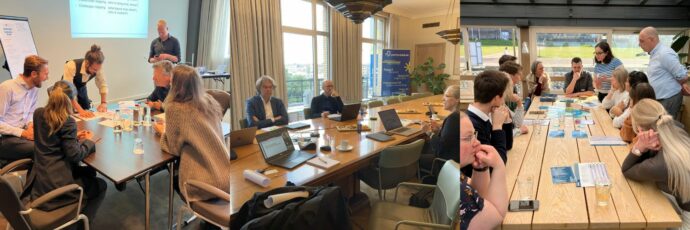
Connected River project is divided into four areas of work:
- Stakeholder engagement
The aim is to identify, involve and ensure the long-term involvement of key players, including those traditionally not involved in waterway governance processes. Connected River promotes broader governance that takes into account the needs of residents, associations, economic players, recreational users and environmentalists. This involvement aims to ensure a balanced mix of uses.
- Local experiments
Each pilot project tests innovative solutions on a small scale, adapted to its specific challenges. The project encourages agile and creative approaches, such as design thinking, which place users’ needs at the heart of the projects. These experiments enable us to co-construct concrete responses to the challenges of waterway management.
- Scaling up and future-proofing solutions
The solutions developed locally are intended to be perpetuated, adapted and transferred to other territorial contexts. This axis aims to reinforce the impact of the project beyond the pilot sites, by providing reproducible models, recommendations and tools to accelerate their dissemination on a European scale.
- Development of a methodological platform
To consolidate the project’s achievements, a collaborative digital platform has been set up. It brings together the methodologies, tools, case studies and best practices developed over the course of the project. This hub serves as a resource for local authorities, planners, ports and regional development players wishing to draw inspiration from the Connected River approach.
Connected River 6 pilot areas
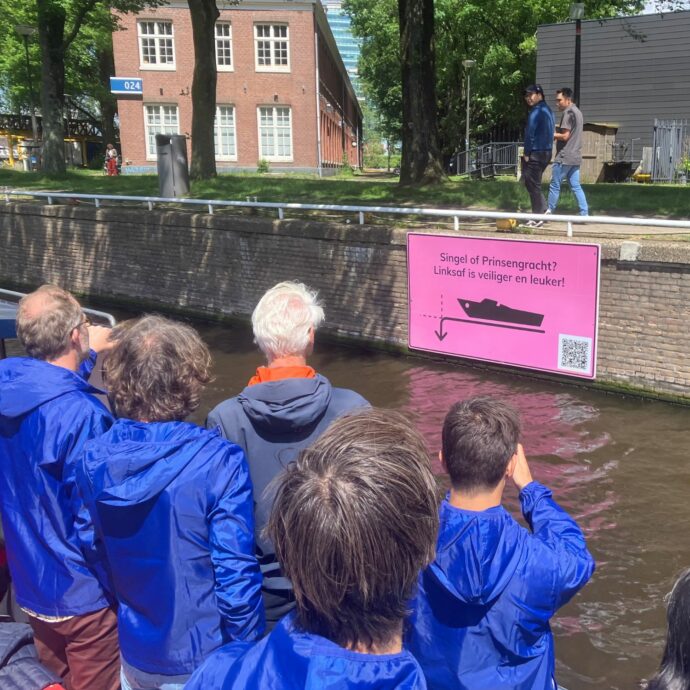
Amsterdam Ij (The Netherlands)
Ensuring Amsterdam’s waterways are a safe, sustainable and economically viable shared space.
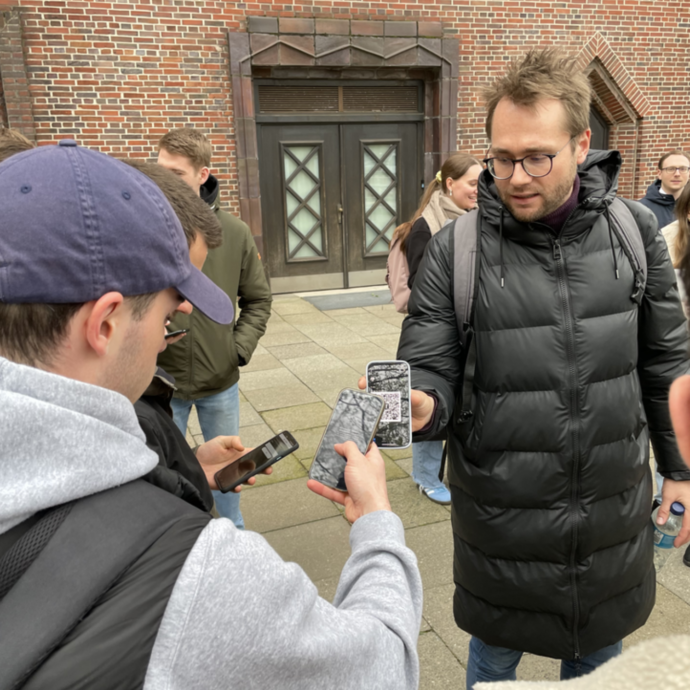
HomePORT Hamburg (Germany)
Foster innovation and address the shortage of skilled labor at the port through interactive participation and networking.
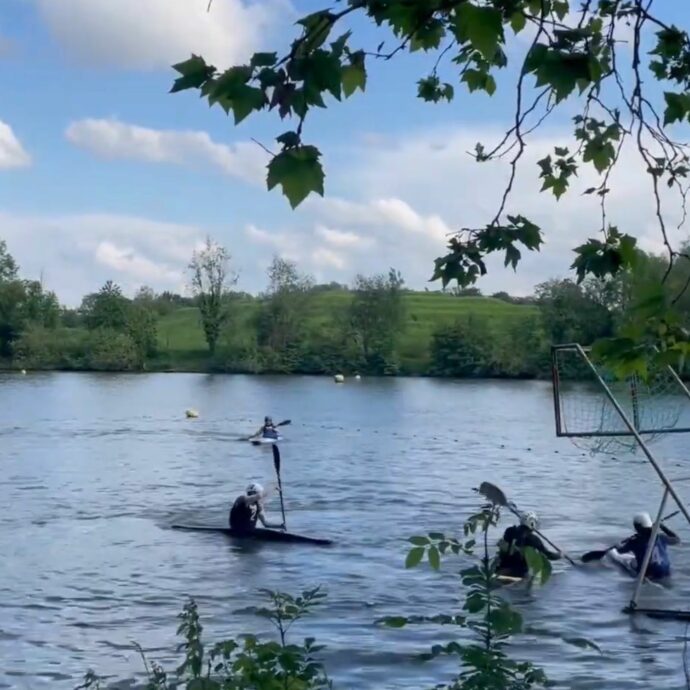
Ports de Lille (France)
Bringing stakeholders together to find solutions that improve safety, the acceptability of port activities and the attractiveness of the city in anticipation of the opening of the Seine Nord Europe Canal.
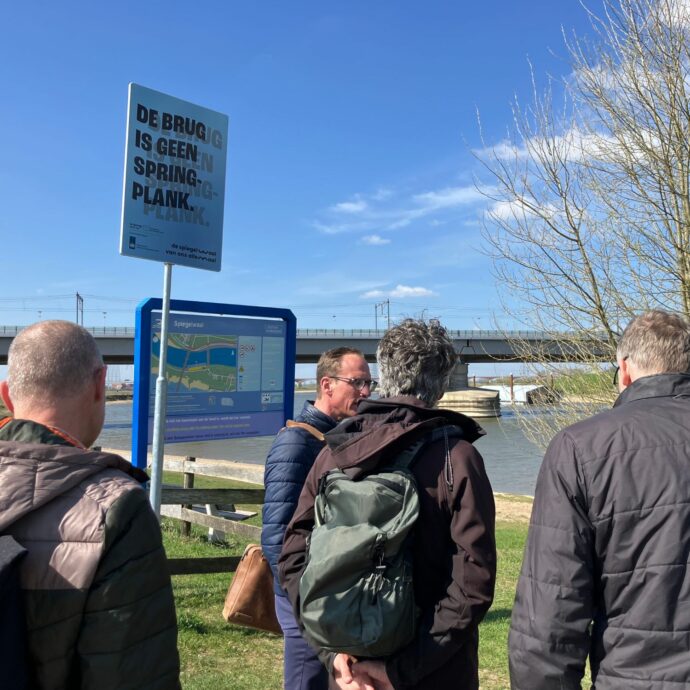
Spiegelwaal Nijmegen (The Netherlands)
Facilitating the sharing of different recreational uses of the Spiegelwaal waterway.
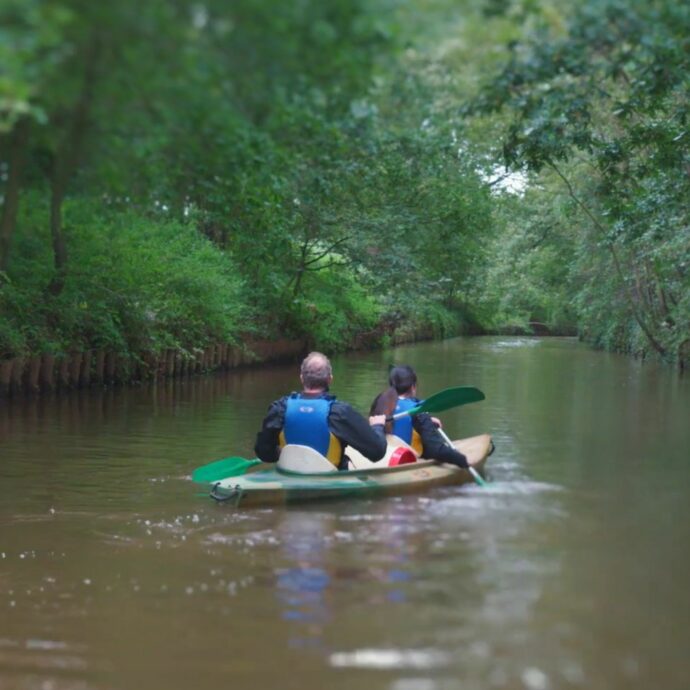
Kleine Nete (Belgium)
Maintain the river’s cleanliness and safety for flora and fauna, while allowing canoeing and kayaking.
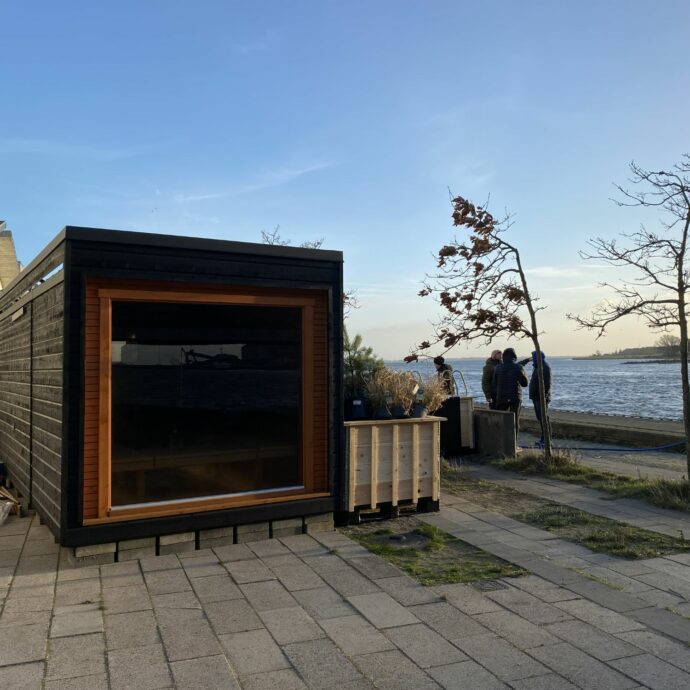
Sydhavnen and Masnedø Island (Denmark)
Attract new activities and new populations to former industrial areas on the waterfront of two islands in the city of Vordingborg.


